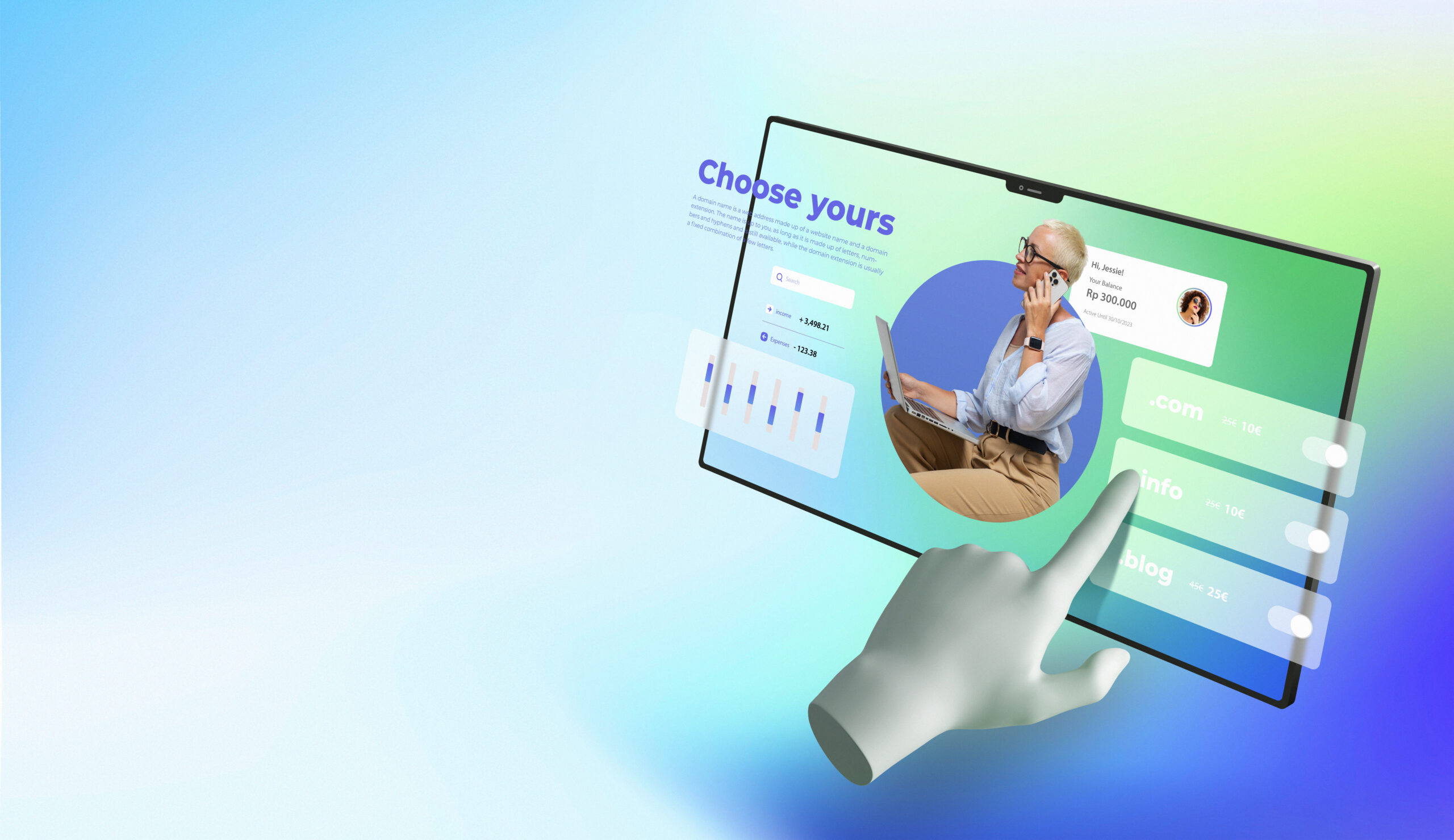In the digital age, where websites serve as the primary interfaces for businesses, personal brands, and organizations, the importance of effective typography cannot be overstated. Typography, the art and technique of arranging type, does more than just present content—it communicates tone, establishes visual hierarchy, and enhances user experience. Striking the right balance between aesthetics and functionality in website typography is pivotal.
It ensures that content is not only engaging and visually appealing but also legible, accessible, and user-friendly. This interplay between form and function, beauty and utility, is the hallmark of successful web typography. As we delve deeper, we’ll explore the key principles and best practices to achieve this equilibrium, ensuring that your website speaks clearly and compellingly to every visitor.
Achieve a flawless website experience with our Web Redesign Services.
First Impressions Matter
The typography on a website is one of the first things users notice when they arrive on a page. Studies have shown that users form an opinion about a website in just 50 milliseconds. That means that the typography on a website needs to make a good first impression to engage users and encourage them to stay on the site.
A clean, easy-to-read font can make a website look professional and credible, while a confusing or cluttered font can make it appear unprofessional and untrustworthy.
Legibility is Key
One of the most important aspects of typography is legibility. Legibility refers to the ease with which users can read the text on a website. If users have to strain to read the text, they may become frustrated and leave the site.
Legibility can be influenced by several factors, including font size, line spacing, and font style. For example, a small font size with tight line spacing can make text difficult to read, while a larger font size with looser line spacing can improve legibility.
Eager for more? Check out our latest post: The Transformative Power of Typography.
Hierarchy Helps with Navigation
Typography helps users move through a website. It does this by making a clear visual order. “Visual hierarchy” is the name for this. It’s about arranging things on a page to catch the user’s eye. Designers do this by changing font sizes, colors, and styles.
For instance, headlines might be big and in a bold color. This makes them pop out. Subheadings can be a bit smaller but still noticeable. The main text, or body text, might be smaller and in a simple color. Using these tricks, designers help users know where to look and what’s important.
Consistency is Key
Another important aspect of typography is consistency. Consistency refers to using the same font, size, and style throughout a website. Consistency can help users navigate a website by creating a sense of familiarity and making it easier to find information. Inconsistencies in typography can be distracting and confusing for users, making it harder for them to find what they’re looking for.
Brand Identity Matters
Typography can also play an important role in establishing a brand identity. By choosing the right font and style, designers can create a visual language that communicates the values and personality of a brand. For example, a bold, sans-serif font may be used for a modern and edgy brand, while a classic serif font may be used for a more traditional and refined brand.
By establishing a consistent visual language, brands can create a strong and memorable identity that resonates with their audience.
Accessibility is Essential
Finally, it’s important to consider accessibility when choosing typography for a website. Accessibility refers to designing a website that is usable by people with disabilities. This includes choosing fonts and styles that are easy to read for users with visual impairments.
For example, sans-serif fonts are often easier to read than serif fonts, and larger font sizes and high contrast can improve legibility for users with visual impairments.
Tips to enhance your website typography
Font Choices Affect User Experience
Selecting the right font matters a lot. For instance, serif fonts, like Times New Roman, give off a formal and classic vibe. On the other hand, sans-serif fonts, like Arial, feel modern and casual. And then we have display fonts. These, such as script or decorative types, catch the eye. However, use them with caution. Reading them in big chunks can be tough.
Size and Space Matter Too
Consider font size and spacing. If the font is too small or lines are too close, reading gets tough. But go too big, or leave too much space, and a site might look unpolished. Striking the right balance? That’s crucial.
Play with Contrast and Color
Think about contrast and color. When text and background contrast well, reading is a breeze. But if they blend, reading gets tricky. Also, font colors have meanings. Reds and greens? They signal errors or alerts. Blue? That’s typical for links.
Guide with Visual Hierarchy
Use typography to guide users. Different font sizes, colors, and styles can create a visual path. Big headlines should stand out from regular text. Important points? Highlight them with bold or italics. This way, users can easily spot and digest key details.
- Consistency: Consistency is key when it comes to typography. Using the same font, size, and style throughout a website can create a cohesive and professional look, while inconsistencies can be distracting and confusing for users.
- Accessibility: As mentioned earlier, accessibility is an important consideration when choosing typography for a website. Using font sizes that are easy to read and high contrast can make a website more accessible to users with visual impairments. Additionally, designers should consider providing alternative text for images and using descriptive link text for users who rely on screen readers.
Conclusion
The typography used on a website can have a significant impact on user experience. Legibility, hierarchy, consistency, brand identity, and accessibility are all important considerations when choosing typography for a website.
By using the right font, size, and style, designers can create a website that is engaging, easy to navigate, and accessible to all users. So, the next time you’re designing a website, don’t overlook the importance of typography!


